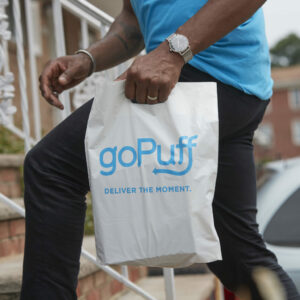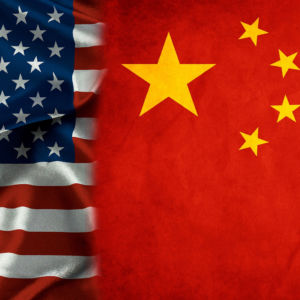Off the Front Page, Formula Supply Still A Struggle for Families

While the baby formula shortage that led to parental panic is no longer on the front page, families and health care providers acknowledge the supply chain is still shaky.
“Baby formula shortages continue to impact families with young children throughout Chester County,” a Chester County Health Department spokesperson said.
The shortage began in February as supply chain pressures collided with a large manufacturer recall, then turned into a crisis, critics say, due to the mismanagement of the Food and Drug Administration.
Rep. Brian Fitzpatrick (R-Bucks) is a co-sponsor of the Babies Need More Formula Now Act, which “requires more oversight and accountability at the Food and Drug Administration (FDA) to ensure the Biden administration is doing its job, acting quickly to maintain a healthy and safe supply of formula, and not wasting resources,” according to a statement from the sponsors.
Desperate parents hunted for the limited supply of formula through summer. Information Resources Inc. said just months ago 20 percent of baby formula products were still out of stock.
At local pharmacies and retail stores in the Delaware Valley, shelves are not completely empty, but their stocks are minimal and still distant from the usual supply.
However, Chester County officials are hopeful the painful days could soon be coming to an end. Abbott Nutrition announced late last month it would begin producing Similac formula again. It’s expected to be available in stores by October.
Janet Panning, a supervisor at the Office of Public Health in the Montgomery County Department of Health and Human Services, said shortages have not disappeared in the county yet either.
“Our local stores are reporting they have ‘only a trickle’ at this time,” she said. But Abbott’s announcement makes the department more hopeful this will change soon. “We are anticipating that the supply of formula will increase in the next six weeks.”
Some area hospitals experienced trouble at the height of the shortage, too. Delaware Valley Journal talked to one in May that said it was complicating discharge plans for families who use formulas.
A spokesperson for Main Line Health said its hospitals are not experiencing a shortage and were never truly affected by the issue. It is a hopeful sign as hospitals recovering may mean relief for consumers soon.
And that improvement has already begun. Datasembly reported last month that 25 percent more products were available than in May. But until Abbott’s newly reproduced formula starts hitting shelves again, normal supply levels will struggle to be hit.
Panning said residents should visit a resource page created by the Pennsylvania Chapter of the American Academy of Pediatrics for consistent updates, information, and guidance related to the shortage.
In Chester County, a spokesperson said it remains concerned for infants with nutrition risks during the persistent shortage. The spokesperson praised the work of the county’s health department’s Women, Infants and Children program which has provided supplemental food and formula to infants in need.
“The WIC Program has offered accommodations to allow families to purchase a variety of different store brand formula/non-contracted WIC formula with their eWIC card,” the spokesperson said. “Providing a variety of formula choices to our participating families increases their chances of finding a substitute formula in-store.”
The spokesperson encouraged families, both participants in the WIC program and those not, to remain in contact with Chester’s WIC if they have trouble finding formulas. Though the hope is with more supply on the way this contact won’t be necessary by next month.
Please follow DVJournal on social media: Twitter@DVJournal or Facebook.com/DelawareValleyJournal







